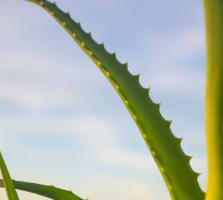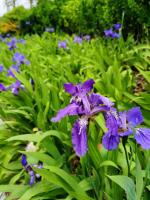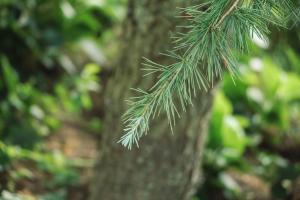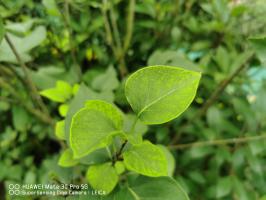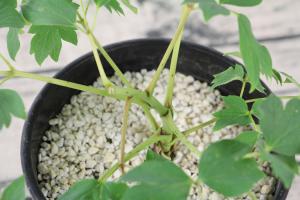Will Bleach Water Kill Plants?
Bleach water, a solution of chlorine diluted in water, is commonly used as a disinfectant in household cleaning. However, if handled carelessly, it can pose a threat to the environment, particularly to plants. In this article, we will talk about the potential effects of bleach water on plants and how to prevent damaging them.
Why Can Bleach Water Harm Plants?
Chlorine, the main component in bleach water, is a strong oxidant that can burn and destroy plant tissues. The chlorine molecules in bleach water can penetrate the plant cells and break down the cell walls and membranes, leading to irreversible damage. In addition, bleach water can change the pH level of the soil or water around the plant, making it too acidic or alkaline for the plant's growth.
How Can Bleach Water Affect Plants?
The effects of bleach water on plants depend on several factors, such as the type of plant, the concentration and volume of bleach water, and the exposure time. In general, plants can show symptoms of bleach water damage, including yellow or brown spots on the leaves, leaf curling, wilting, stunted growth, and even death.
Some plants are more sensitive to bleach water than others. For example, plants with delicate leaves, such as ferns and palms, are more susceptible to bleach water damage than plants with waxy or leathery leaves, such as succulents and cacti. Also, young plants and newly seeded areas are more vulnerable to bleach water damage than established plants and mature areas.
How to Prevent Bleach Water Damage to Plants?
The best way to prevent bleach water damage to plants is to avoid using it around them. If you need to disinfect an area close to a plant, try using alternative cleaning methods, such as vinegar, hydrogen peroxide, or plant-based disinfectants. If you must use bleach water, make sure to dilute it properly according to the instructions on the label and rinse the area thoroughly with clean water afterward. Also, cover the plants with plastic bags or tarps to prevent direct contact with the bleach water.
If you accidentally spilled bleach water on a plant, remove the excess water as soon as possible and rinse the plant with plenty of clean water. If the damage is severe or persistent, consider trimming the affected leaves or branches or replanting the plant in fresh soil.
Conclusion
Bleach water can be a useful disinfectant in household cleaning, but it can also be harmful to the environment and plants if used improperly. Always handle bleach water with care and follow the safety instructions on the label. If you need to clean an area close to plants, try to use alternative cleaning methods or apply bleach water cautiously and rinse the area thoroughly afterward. By taking these precautions, you can protect your plants and keep them healthy and thriving.

 how many times do yo...
how many times do yo... how many planted tre...
how many planted tre... how many pine trees ...
how many pine trees ... how many pecan trees...
how many pecan trees... how many plants comp...
how many plants comp... how many plants can ...
how many plants can ... how many plants and ...
how many plants and ... how many pepper plan...
how many pepper plan...